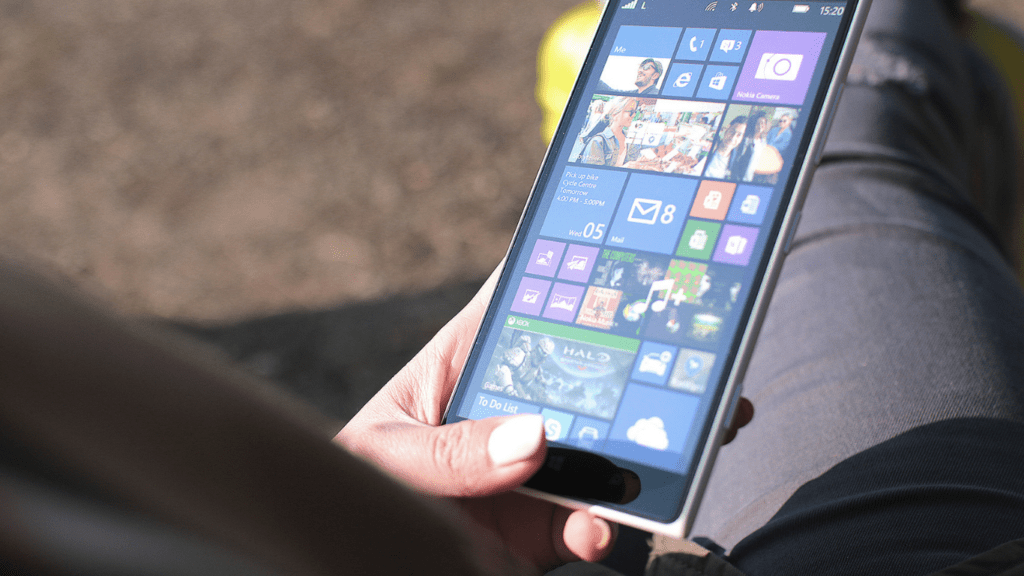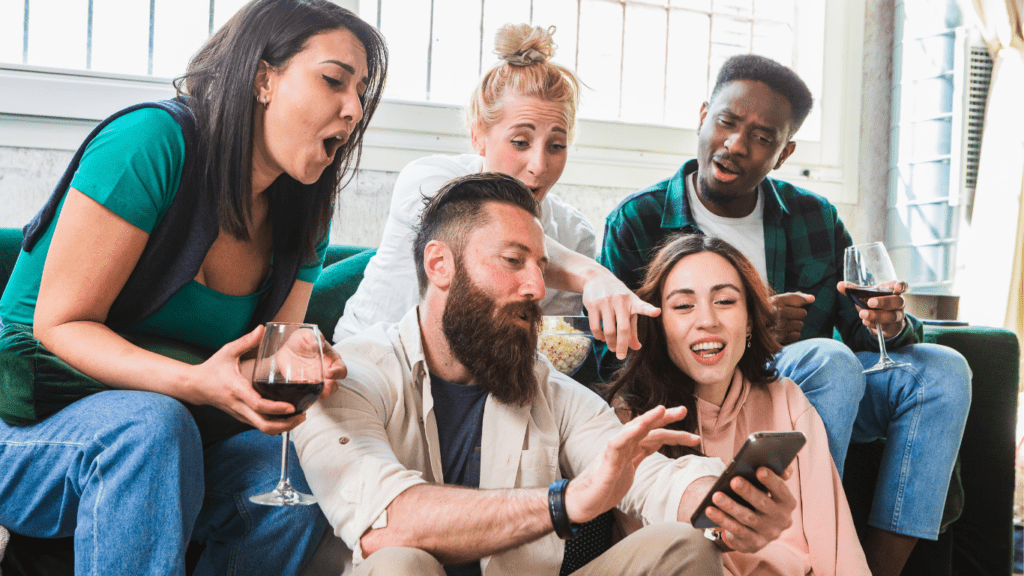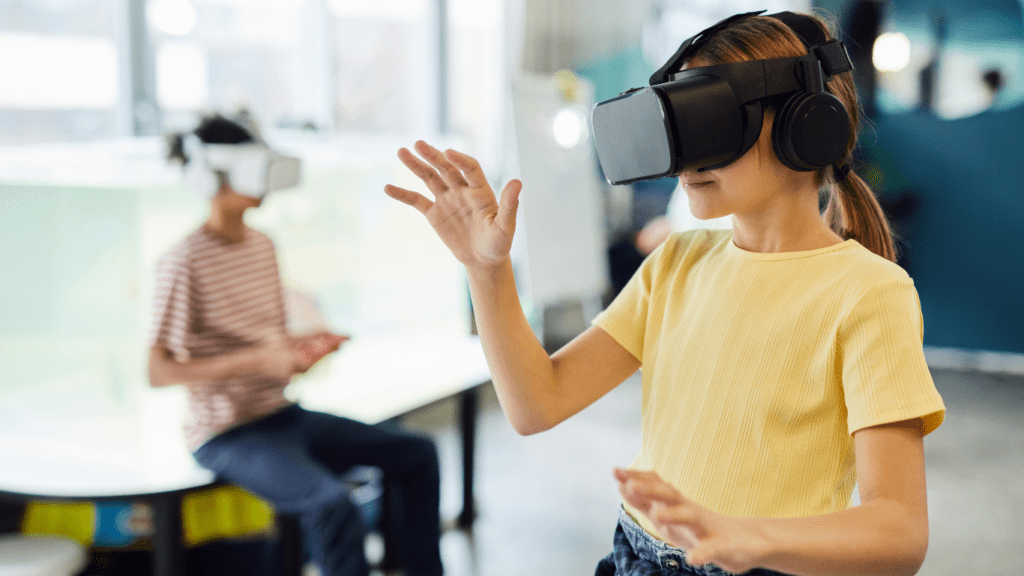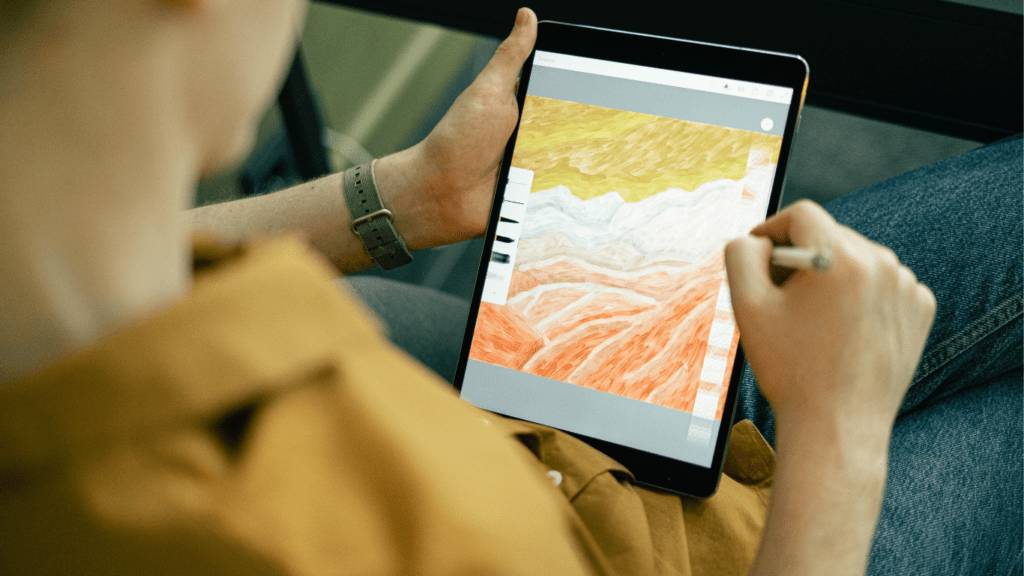Understanding Digital Art
Digital art refers to art created or presented using digital technology. This form of art includes visual creations like digital paintings, 3D models, animations, and graphic designs. Its flexibility allows artists to experiment with various mediums and techniques that traditional art forms don’t offer.
Digital art’s history dates back to the 1960s when artists began exploring computer graphics. Advances in hardware and software have led to tools such as Adobe Photoshop, Corel Painter, and Blender, empowering artists to create intricate works with precision. Digital art spans multiple genres like pixel art, digital collage, and generative art.
Digital platforms and tools offer unique features. For instance, layers in digital painting allow artists to manage complex artwork easily; in contrast, physical paintings must handle all elements simultaneously. Artists can also utilize undo functions, giving them more freedom to experiment without risking permanent mistakes. Additionally, digital art can be scaled and transformed without losing quality, unlike traditional mediums.
For art students and professionals, digital art provides accessibility and ease of distribution through online platforms. Creators can immediately share, sell, and receive feedback on their work. This immediacy has created new opportunities for artists to gain recognition outside traditional art markets, democratizing the art world further.
Technological advancements continue to evolve digital art. Virtual reality (VR) and augmented reality (AR) have enabled immersive experiences where viewers can interact with artwork. Blockchain technology has introduced the concept of non-fungible tokens (NFTs), allowing artists to tokenize and sell their digital works as unique assets. These innovations have expanded the possibilities and commercial potential of digital art.
Understanding digital art involves recognizing its broad scope and the diverse tools and technologies it encompasses. This art form offers creative freedom and new opportunities unmatched by traditional art, establishing itself as a significant part of contemporary culture.
The Rise of Social Media Platforms
Social media has dramatically increased the visibility and reach of digital artists. These platforms connect artists and audiences globally, facilitating instant sharing, collaboration, and innovation.
Early Social Media and Art
Early social media platforms like MySpace and DeviantArt played significant roles in digital art’s early days. MySpace enabled artists to share their work and connect with a larger audience, allowing for broader exposure. DeviantArt, launched in 2000, specifically catered to artists. It provided a space for user-generated artwork, fostering a community where artists could comment, critique, and collaborate. Such platforms laid the groundwork for how art is shared and appreciated online today.
Major Platforms Shaping Digital Art
Various platforms now dominate the digital art scene. Instagram, with its visual focus, allows artists to build substantial followings and engage directly with their audience. TikTok, popular for short videos, lets artists showcase their creative processes and reach younger audiences. Twitter serves as a platform for real-time updates and networking within the art community. Pinterest, as a visual discovery tool, offers inspiration and allows artists to curate their digital portfolios.
| Platform | Key Features | Impact on Digital Art |
|---|---|---|
| Visual posts, Stories, IGTV | Boosts visibility, enables direct engagement and large followings | |
| TikTok | Short-form videos, trending challenges | Showcases creative processes, reaches younger demographics |
| Real-time updates, hashtags, and networking features | Facilitates conversations and networking within the community | |
| Visual search engine, boards for curation | Provides inspiration, curates digital portfolios |
Social media platforms have transformed the digital art landscape, making it more accessible and interconnected than ever. These platforms give artists unprecedented opportunities to share their work, engage with audiences, and collaborate globally.
How Social Media Influences Digital Art

Social media’s impact on digital art revolves around increased accessibility, community building, and real-time feedback. These factors collectively elevate the art form to unprecedented levels.
Accessibility and Exposure
Social media platforms provide unparalleled exposure opportunities. Instagram’s image-centric layout allows artists to post their work for millions to see instantly. Twitter’s hashtag system helps users discover trending artists and movements. Pinterest’s algorithm curates content based on user preferences, ensuring that art reaches interested audiences. TikTok’s short-form videos showcase quick painting techniques or finished pieces, attracting large followings. Artists can reach global audiences without intermediaries.
Community Building
Social media fosters robust community building. Platforms like Facebook Groups and Reddit threads create spaces where artists with similar interests connect. Discord servers facilitate real-time communication and deeper engagement through voice channels and organized discussions. Instagram’s collaboration features enable joint projects between artists, enhancing networking opportunities. Twitter Spaces allow artists to host live audio conversations, discussing techniques or industry trends. Engaging with these communities offers insights and support, essential for artistic growth.
Real-time Feedback and Collaboration
Social media ensures real-time feedback and collaboration. Instagram Stories with interactive stickers like polls or questions solicit immediate input from followers. Twitter replies and retweets amplify artwork circulation and provide constructive critiques. TikTok’s duet and stitch features enable artists to collaborate seamlessly, merging different styles or techniques in real time. Platforms like Behance and ArtStation allow detailed project breakdowns, encouraging critiquing and collaborative efforts. Instant feedback helps artists refine their craft quickly.
Social media’s seamless integration into the digital art world empowers artists by providing them with instant exposure, fostering collaborative communities, and enabling real-time feedback.
Case Studies of Artists Using Social Media
Social media’s impact on digital art is exemplified through various artist case studies. These stories showcase how emerging and established artists leverage platforms to enhance their reach and creativity.
Emerging Artists
New artists often find social media an essential tool for gaining exposure and growing their following.
- Loish
Lois van Baarle, known as Loish, built her career by sharing digital illustrations on platforms like DeviantArt and Instagram. Consistent posting and engagement with her audience helped her amass over 2 million followers on Instagram. She’s successfully launched art books and online courses, funded by her social media presence. - Sara Shakeel
Sara Shakeel transformed from a dentist to a digital artist by posting glitter-infused collage art on Instagram. Her unique style quickly went viral, securing collaborations with major brands such as Swarovski and Emirates. She now uses social media to showcase her work to a global audience of over 1 million followers.
Established Artists
Even established artists leverage social media to maintain relevance and engage with their audience.
- Beeple
Mike Winkelmann, or Beeple, commands a massive following on Instagram and Twitter due to his daily digital art posts. His consistent output led to partnerships with global brands and a historic NFT sale, where a piece sold for $69 million. He uses social media to maintain engagement and drive conversation around digital art. - Pak
Renowned for his abstract digital art, Pak uses platforms like Twitter to share art and engage with his followers. With a strong presence and a strategy to release NFTs, Pak successfully auctioned off NFT collections, generating millions in sales. His use of social media ensures continuous interaction with art enthusiasts and collectors.
These artists’ journeys exemplify how social media fosters artistic growth and innovation. Whether new or established, artists use these platforms to connect, share, and thrive in the digital art world.
Challenges and Criticisms
Despite the positive impact of social media on digital art, several challenges and criticisms exist.
Algorithmic Bias
Algorithms on platforms like Instagram and TikTok can disproportionately favor certain types of content and creators. This bias leads to uneven visibility and exposure. Artists whose work doesn’t align with trending topics or popular aesthetics may struggle to reach large audiences. Algorithms prioritize engagement metrics, such as likes and comments, over artistic quality. Consequently, genuinely creative and innovative art might get overshadowed by more mainstream or viral content.
Intellectual Property Concerns
Social media introduces significant intellectual property issues for digital artists. When artists share their work online, unauthorized reproduction and appropriation become major risks. Artists often find their work reposted without credit or compensation, diminishing their control over their creations. Platforms’ policies regarding image theft and unauthorized use are insufficient, providing little recourse for artists to protect their work. Despite watermarks and digital signatures, enforcing ownership rights remains challenging in the fast-paced world of social media.
The Future of Digital Art and Social Media
The intersection of digital art and social media points to a vibrant future of innovation and evolving trends. This relationship reshapes how art is created, shared, and perceived globally.
Technological Innovations
Technology continues to drive digital art forward. Blockchain technology enables unique tokenization of digital assets using NFTs (Non-Fungible Tokens). Major platforms like Ethereum support NFTs, providing artists with new revenue streams and securing ownership.
Artificial Intelligence (AI) impacts digital art creation. Tools like DeepArt and Google’s DeepDream generate complex visuals, expanding artistic possibilities. Augmented Reality (AR) and Virtual Reality (VR) offer immersive experiences. Social media integrates these technologies, enhancing user interaction with digital art. For artists exploring dynamic content creation, an online animation maker offers an accessible way to produce eye-catching visuals that boost engagement on these platforms.
5G technology accelerates these innovations. Faster data transfer rates improve live streaming quality and enable more interactive content. Real-time collaboration across different geographies becomes seamless, fostering global artistic communities.
Evolving Trends
Art trends evolve quickly in the digital age. One significant trend is the rise of gif animations and looping videos on platforms like Instagram and TikTok. These short, engaging formats align with decreasing attention spans, making art more accessible.
Another trend is interactive art pieces. Artists create works that audiences can interact with through social media. For example, artists use Instagram’s AR filters to engage users, blending creativity with participation.
Crowdsourced projects gain popularity, involving communities in the creative process. Platforms like Twitter and Reddit host collaborative art initiatives, bringing diverse perspectives into single pieces. This democratization fosters a more inclusive art world.
Sustainability becomes a key concern. Artists and platforms focus on minimizing the environmental impact of digital art. Ethereum and similar blockchain networks explore eco-friendly solutions like Proof-of-Stake (PoS) to reduce carbon footprints associated with NFTs.
By leveraging these technological innovations and evolving trends, digital art and social media continue to intersect and shape the future of art on a global scale.





